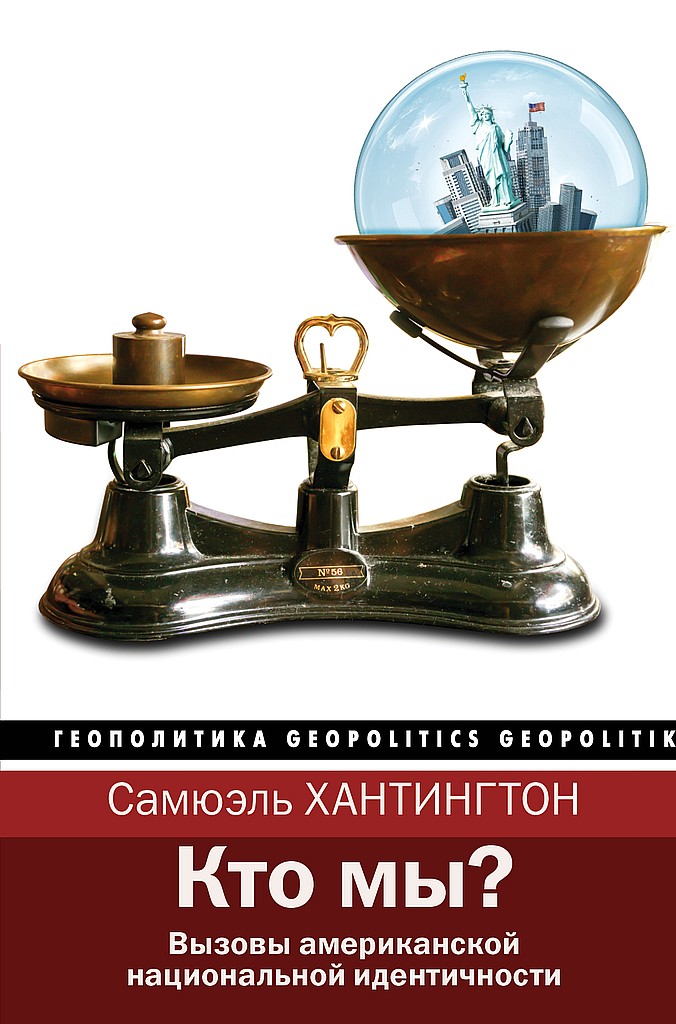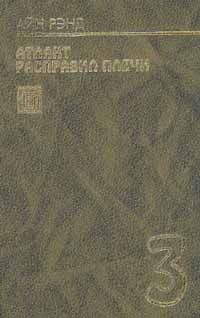Post-Opinion, 19 November 1982; J. J. Goldberg,
Jewish Power: Inside the American Jewish Establishment (Reading: Addison-Wesley, 1996), p. 70; Smith,
Foreign Attachments, p. 161.
{486} Jonathan Pollard, quoted in Seymour M. Hersh, «The Traitor», New Yorker, 18 January 1999, p. 26.
{487} Washington Post, 24 March 1997, p. A1ff.
{488} Khalil E. Jahshan, quoted in New York Times, 19 August 2002, p. A10.
{489} Washington Post, 24 March 1997, p. A1ff.
{490} New York Times, 19 August 2002, p. A10; Economist, 14 October 2000, p. 41.
{491} Noel Ignatiev, How the Irish Became White (New York: Routledge, 1995); Karen Brodkin, How Jews Became White Folks and What That Says About Race in America (New Brunswick: Rutgers University Press, 1998); Matthew Frye Jacobson, Whiteness of a Different Color: European Immigrants and the Alchemy of Race (Cambridge: Harvard University Press, 1998).
{492} Reginald Byron, Irish America (Oxford: Clarendon Press, 1999), p. 273.
{493} Will Herberg, Protestant, Catholic, Jew: An Essay in American Religious Sociology (Garden City: Doubleday, 1955), p. 43–44; Philip Gleason, Speaking of Diversity: Language and Ethnicity in Twentieth-Century America (Baltimore: Johns Hopkins University Press, 1992), p. 175; Marcus Lee Hanson, The Problem of the Third Generation Immigrant (Rock Island, IL: Augustana Historical Society, 1938), p. 12; Nathan Glazer and Daniel Patrick Moynihan, Beyond the Melting Pot: The Negroes, Puerto Ricans, Jews, Italians, and Irish of New York City (Cambridge: Harvard University Press, 1963), p. 313–314; Herberg, Protestant, Catholic, Jew, p. 40, citing George Rippey Stewart, American Ways of Life (Garden City: Doubleday, 1954).
{494} Matthijs Kalmijn, «Shifting Boundaries: Trends in Religious and Educational Homogamy», American Sociological Review, 56 (December 1991), p. 786–800; Stephen Steinberg, The Ethnic Myth (New York: Atheneum, 1981), p. 70–71; Robert Christopher, Crashing the Gates: the De-WASPing of America’s Power Elite (New York: Simon & Schuster, 1989), p. 52–54.
{495} Arthur Mann, The One and the Many: Reflections on the American Identity (Chicago: University of Chicago Press, 1979), p. 121; Alan M. Dershowitz, The Vanishing American Jew: In Search of Jewish Identity for the Next Century (Boston: Little, Brown, 1997), p. 16; Richard D. Alba, «Assimilation’s Quiet Tide», Public Interest, 119 (Spring 1995), p. 15; Ari Shavit, «Vanishing», New York Times Magazine, 8 June 1997, p. 52; Gustav Niebuhr, «For Jews, a Little Push for Converts, and a Lot of Angst», New York Times, 13 June 1999, p. WE3.
{496} Alba, «Assimilation’s Quiet Tide», p. 13.
{497} Eric Liu, The Accidental Asian: Notes of a Native Speaker (New York: Random House, 1998), p. 188.
{498} Ibid.
{499} Richard D. Alba, Ethnic Identity: The Transformation of White America (New Haven: Yale University Press, 1990), p. 294; Alba, «Assimilation’s Quiet Tide», p. 5.
{500} Alba, Ethnic Identity, p. 313–15.
{501} John David Skrentny, Color Lines: Affirmative Action, Immigration, and Civil Rights Options for America (Chicago: University of Chicago Press, 2001), p. 23; David A. Hollinger, Postethnic America: Beyond Multiculturalism (New York: Basic, 1995), p. 30–31; Orlando Patterson, The Ordeal of Integration: Progress and Resentment in America’s «Racial» Crisis (Washington, D. C.: Civitas/Counterpoint, 1997), p. xi.
{502} Bureau of the Census/Bureau of Labor Statistics, «A CPS Supplement for Testing Methods of Collecting Racial and Ethnic Information: May 1995» (Washington: Bureau of Labor Statistics, October 1995), Table 4.
{503} Alba, Ethnic Identity, p. 316–17; Brodkin, How Jews Became White Folks, p. 151.
{504} Alba, Ethnic Identity, p. 315; Stanley Lieberson, «Unhyphenated Whites in the United States», Ethnic and Racial Studies, 8 (January 1985), p. 173–175.
{505} Lieberson, «Unhyphenated Whites», p. 171–172; Boston Globe, 31 May 2002, p. A1; New York Times, 9 June 2002, p. 19.
{506} См. Economist, 28 February 1998, p.83.
{507} «Interracial Marriage», Vital STATS, August 1997, http://www.stats.org/newsletters/9708/interrace2.htm.
{508} Douglas J. Besharov and Timothy S. Sullivan, «One Flesh: America Is Experiencing an Unprecedented Increase in Black-White Intermarriage», New Democrat, 8 (July-August 1996), p. 19.
{509} Pew Research Center for the People and the Press Poll, 1999 Millenium Survey, April 6–May 6, 1999 polling, released October 24, 1999, http://people-press.org/reports/display.php3?ReportID=51; Karlyn Bowman, «Getting Beyond Race», American Enterprise Institute Memo, January 1999, earlier version in Roll Call, November 5, 1998; Frank D. Bean, quoted in Boston Globe, 6 July 2001, p. A5.
{510} Gallup/CNN/USA Today Poll, 9–11 March, 2001, released March 13, 2001; New York Times, 13 March 2001, p. A1; Boston Sunday Globe, 18 February 2001, p. D8.
{511} Time, 142 (Special Issue, Fall 1993); Boston Sunday Globe, 18 February 2001, p. D8.
{512} Gina Philogène, From Black to African-American: A New Social Representation (Westport, CT: Praeger, 1999), p. 16–17, 34, 51.
{513} Karl Zinsmeister, «Indicators», American Enterprise, 9 (November — December 1998), p. 18, citing Penn, Schoen, and Berland 1997 poll; Newsweek poll, February 1995, cited in Michael K. Frisby, «Black, White or Other», Emerge (December 1995–January 1996), http://www.usus.usemb.se/sft/142/sf14211.htm.
{514} Joel Perlmann and Roger Waldinger, «Are the Children of Today’s Immigrants Making It?» The Public Interest, 132 (Summer 1998), p. 86–87.
{515} David Gates, «White Male Paranoia», Newsweek, 29 March 1993, p. 48.
{516} Immanuel Wallerstein, «The Clinton Impeachment», Online Commentary, no. 10, February 15, 1999, http://fbc.binghamton.edu/10en.htm.
{517} John Higham, Strangers in the Land: Patterns of American Nativism, 1860–1925 (New Brunswick: N. J. Rutgers University Press, 1988), p. 4.
{518} Time, 14 May 2001, p. 6; New York Times, 30 April 2001, p. A17.
{519} Carol M. Swain, The New White Nationalism in American: Its Challenge to Integration (New York: Cambridge University Press, 2002), p. 16–17.
{520} Economist, 11 March 2000, p. 4.
{521} Boston Globe, 21 December 1997, p. A40, citing 1997 Boston Globe/WBZ-TV Survey conducted by KRC Communications.
{522} Professor Charley Flint, quoted in Boston Globe, 21 December 1997, p. A40; Noel Ignatiev, quoted in Ibid. For



